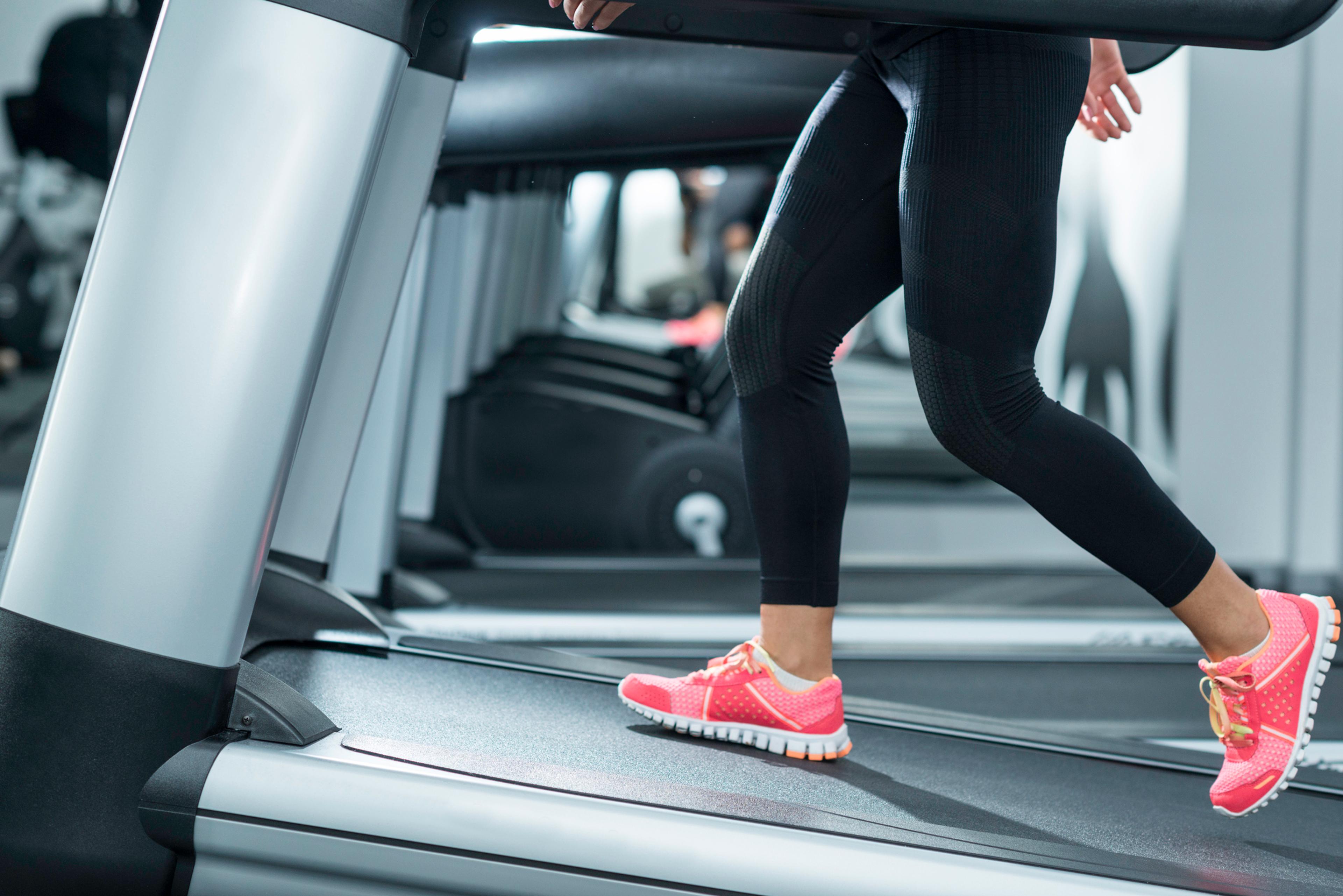Find Your Fit: What is the 12-3-30 Workout?
Jake Newby
| 4 min read

Many of us are searching for fun, new, and engaging workouts in 2024 as we look to freshen up the sometimes-stale gym routine. One exercise routine that went viral late of 2023 is the 12-3-30 workout. Its hashtag – #12330workout – racked up hundreds of millions of views on TikTok.
The word “cardio” can send a shiver down some of our spines; typically, you’re either the runner type or you’re not. But the 12-3-30 aerobic workout provides a sort of in-between area you can live in to burn fat and get in better overall shape. It became popular for a reason! Let’s examine the 12-3-30 workout: what it is, how it helps and how you can do it safely and effectively, even if you don’t have treadmill access.
What is the 12-3-30 workout?
Those numbers in the name of the workout may look like a December date far in the future, but really, they literally spell out the routine. Set your treadmill to a speed of 3.0, an incline of 12.0 and walk that pace for 30 minutes to complete the challenge. The concept proved inviting enough that countless people tried it – and then found out it’s harder than it looks. Don’t be surprised if you’re sweating in under 20 minutes.
How is the 12-3-30 workout effective?
Like with any workout, 12-3-30 will only produce results if you’re consistent. And, if you pair it with a healthy diet. This workout boils down to extended, moderately fast-paced walking on a steep incline, which mimics an uphill hike. Here are the benefits of walking on an incline:
- Boost heart rate
- Builds endurance.
- Burn calories.
- Targets and activates muscles in the posterior chain, including the calves, glutes and hamstrings.
- Strengthens ankles.
- Conditions the body for realistic terrain, as most surfaces treaded on a daily basis are not strictly flat.
Advice and safety tips when trying the 12-3-30 workout
Before even stepping foot on the treadmill, remember two quick things – eat a light snack that high in carbohydrates and moderate in protein 1 to 2 hours before engaging in the workout. Also, directly before tackling the 12-3-30, spend 5 to 10 minutes stretching out your hips, hamstrings, glutes and calves to minimize injury risk.
Many 12-3-30 truthers– including the lifestyle influencer who popularized it on social media, Lauren Giraldo – claims she found success by doing it five times a week. Lowering that number to 3 or 4 times a week while mixing in a couple of strength and mobility training days can make for a balanced exercise approach. If your muscles and endurance levels need a little time to adjust, start slowly by trying the 12-3-30 workout just once every 3 or 4 days.
Starting slowly can also apply to the settings. If the 3.0 is too brisk for you at first, start at 2.5 or 2.7 and work your way up. The same thought applies to the incline level. If the 12.0 incline is too steep, start at 6.0 or 8.0 and adjust after a few days or one week. Use the treadmill hand rails for added balance.
There’s no shame in stopping after 20 or 25 minutes during your first week or two, either. It’s natural to want to face the challenge head-on and conquer 12-3-30 as is, but there’s nothing wrong with skew the numbers in the beginning. Always listen to your body.
How to do the 12-3-30 workout without a treadmill
The treadmill is obviously the most 12-3-30-friendly machine because of the incline status, but if you have plantar fasciitis, knee pain, tight calves or lower back pain you may prefer a lower-impact machine. Try boosting the resistance and stride on an Arc Trainers or elliptical if this is the case.
If you don’t have access to a treadmill but live near a park with rolling hills and paved walkways, try replicating the 12-3-30 outdoors. A smart watch can help you monitor your pace, so you stay around the 3.0 speed.
More from AHM
- New "Find Your Fit” Series Will Spotlight Fun, New Workouts Every Month
- 10 Places to Walk Indoors During Michigan Winters
- Detroit-Area Entrepreneurs in the Non-Alcoholic Industry Offer Dry January Steps for Success
Photo credit: Getty Images





